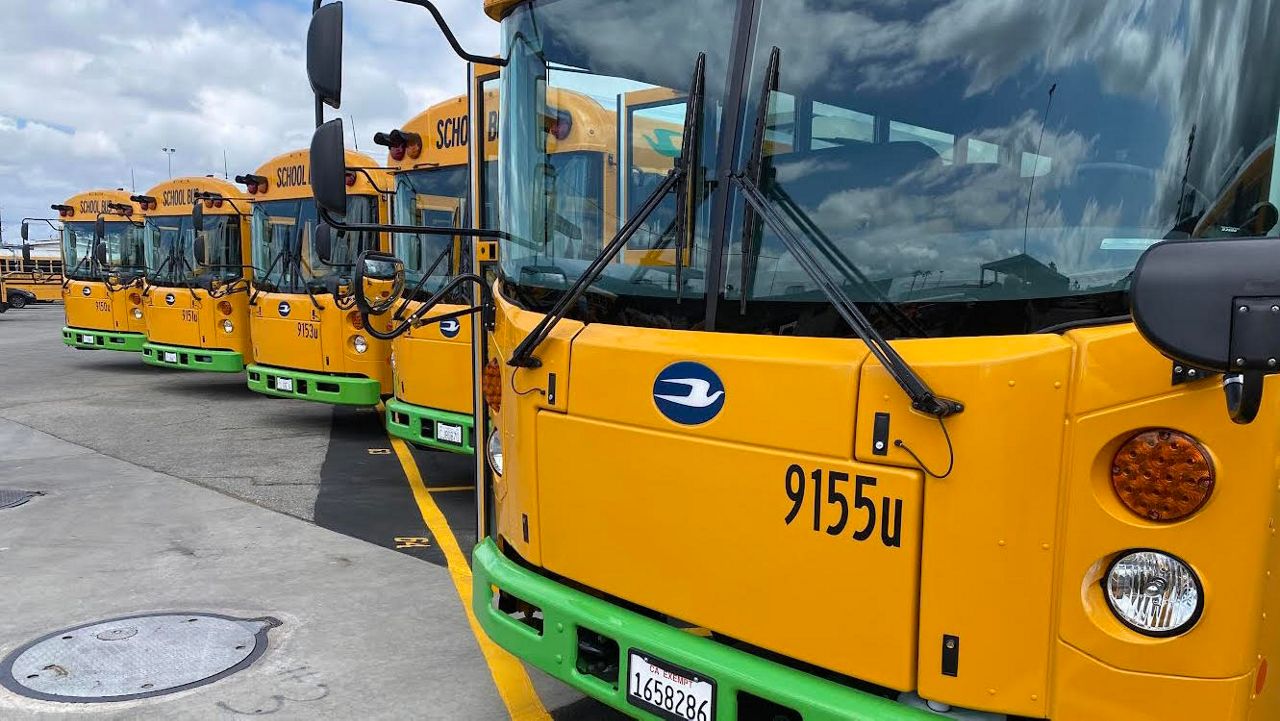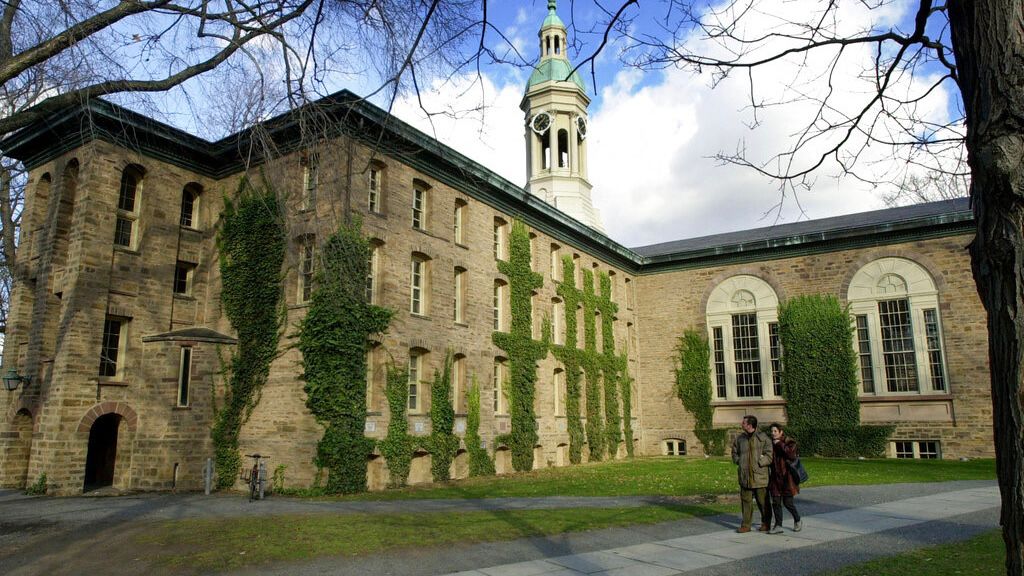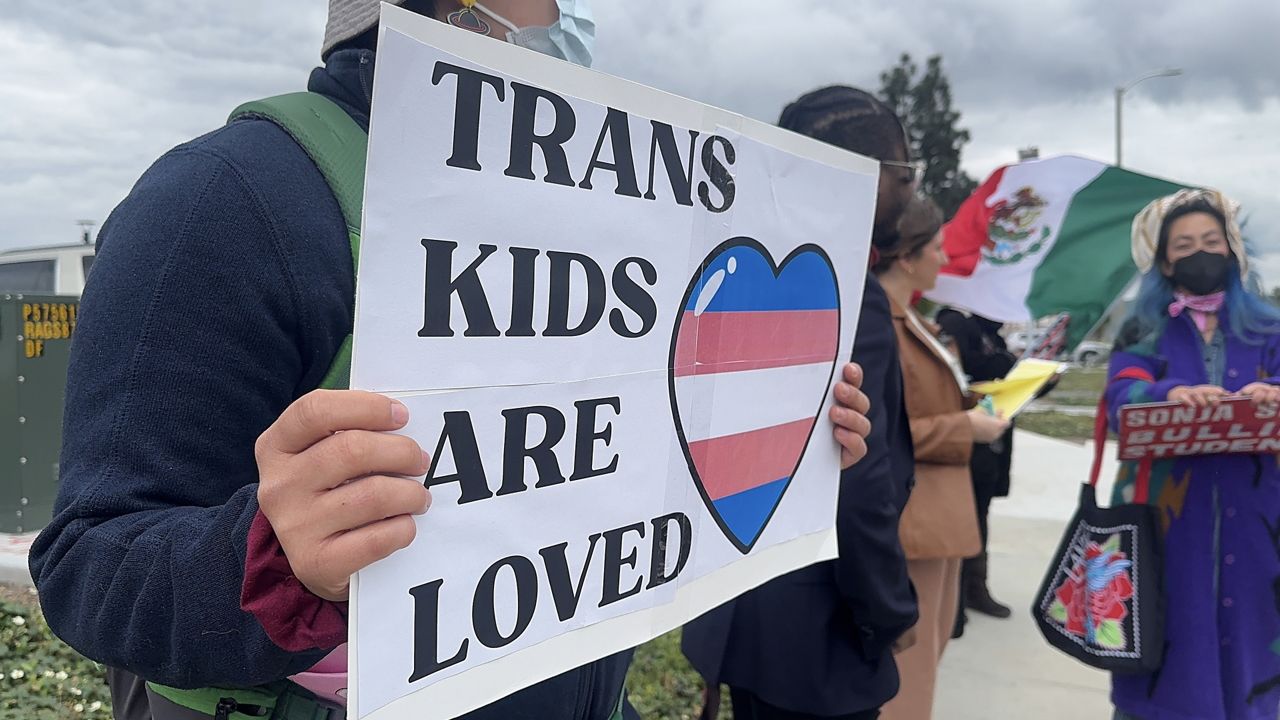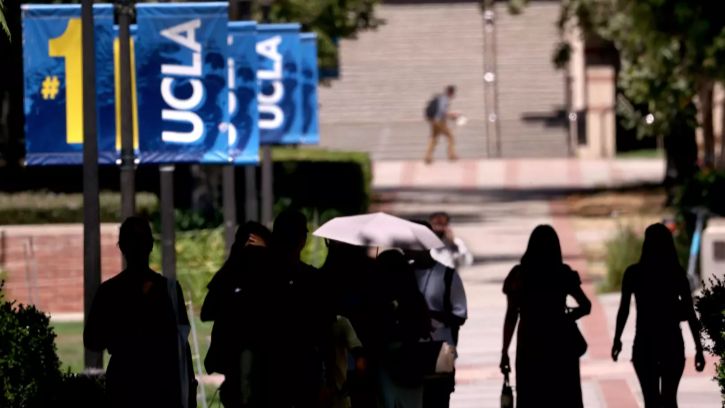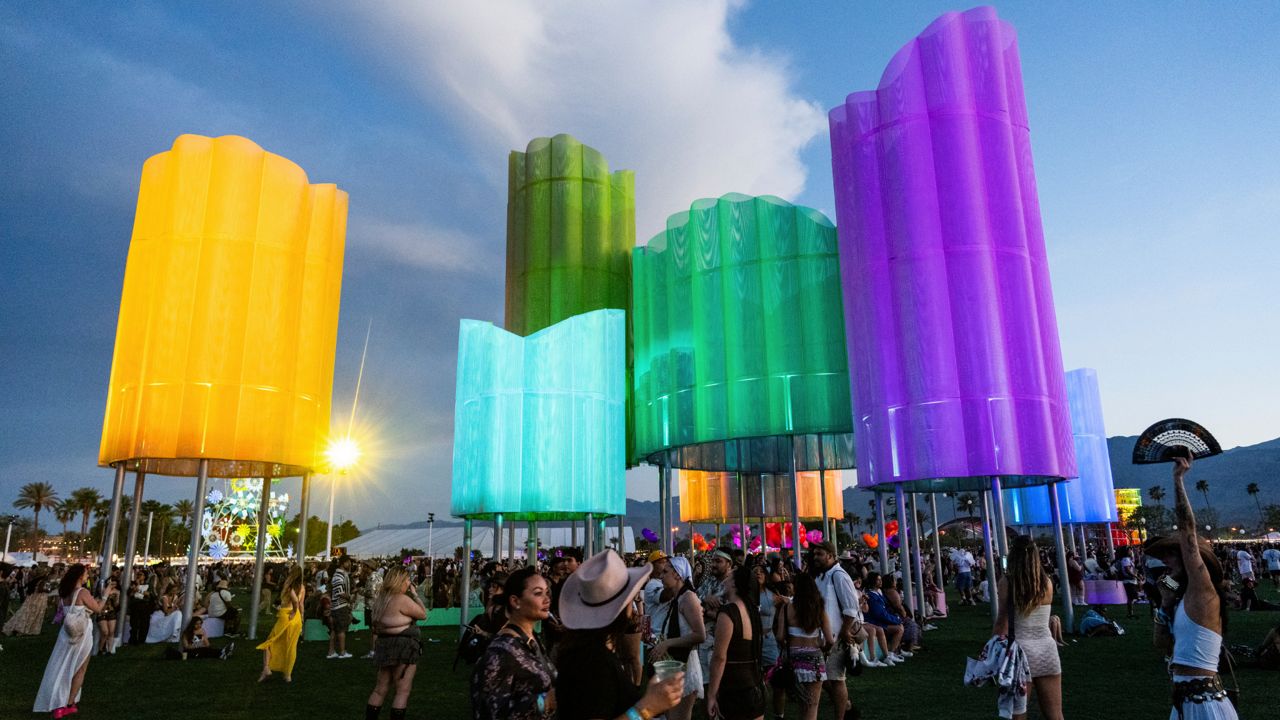LOS ANGELES — Sun Valley Magnet School is the rare campus in the Los Angeles Unified School District to be located one block from an airport and adjacent to a bus depot teeming with unhealthy emissions. But by 2026, the buses, at least, will have cleaned up their act.
On Tuesday, LAUSD announced it would completely electrify the 180 buses that operate at the Sun Valley Bus Yard, where they transport 4,600 students daily in the northern part of the district. It will also upgrade the depot with 180 new EV chargers. The move is the largest single purchase of new electric school buses, chargers and electric infrastructure by a school district in the country.
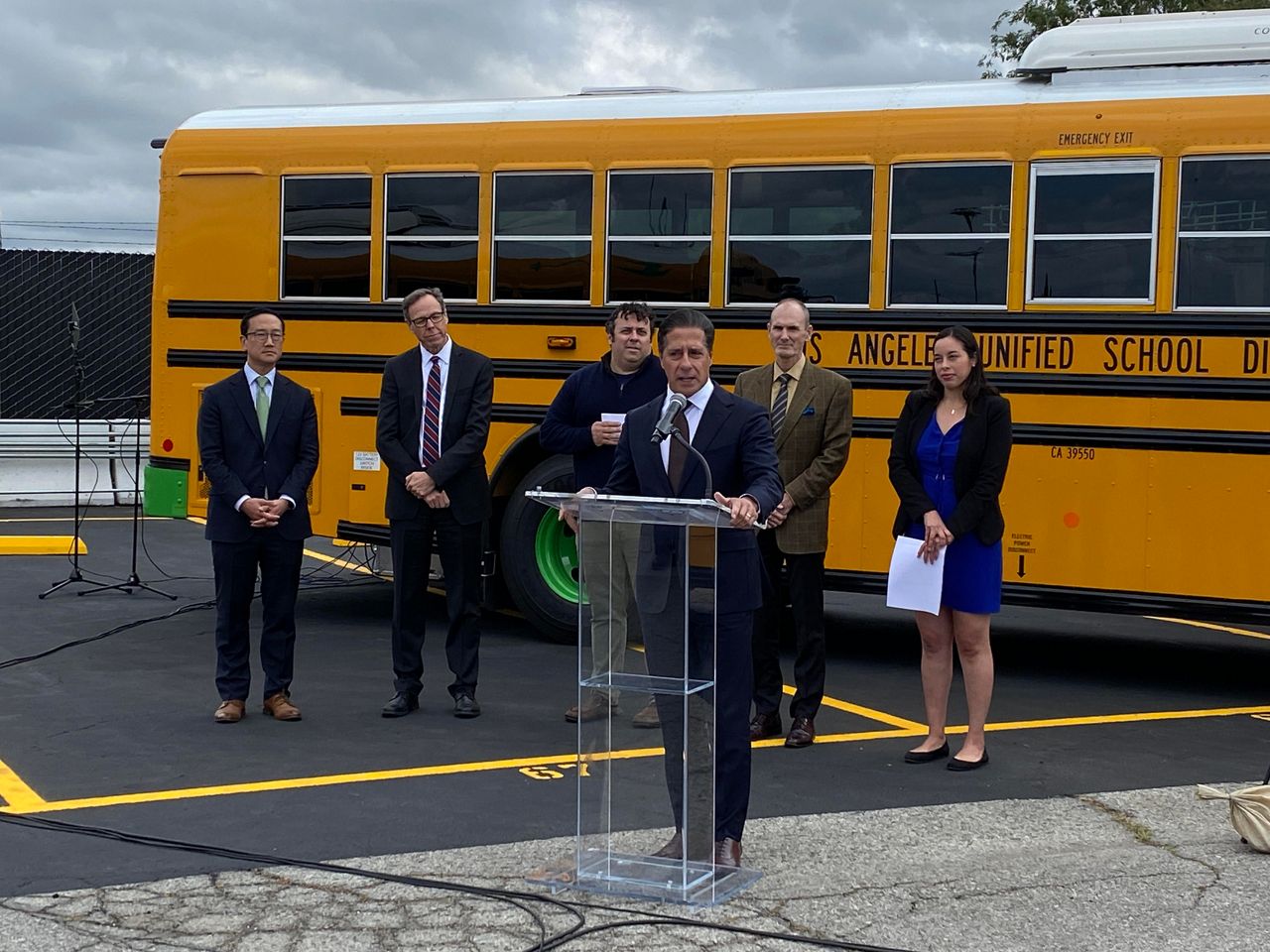
“No child in our community should be exposed to environmental conditions that are not ideal for them,” LAUSD Superintendent Alberto M. Carvalho said Tuesday at the Sun Valley Bus Yard, where children were playing in a schoolyard on the opposite side of the fence.
Just six of the buses at the Sun Valley yard are currently electric. The rest are powered with compressed natural gas, gasoline or propane. LAUSD removed the diesel buses from the facility last September.
Electrification of the bus yard is currently in the planning and engineering phase. Construction is expected to begin in late 2024, with electric school bus deliveries expected in 2025. When complete, the electrification of the Sun Valley Bus Yard will reduce the district’s carbon dioxide emissions by 780,000 tons each year and save the district $2 million annually in maintenance and fuel costs.
As part of a resolution LAUSD passed in 2019, the district has committed to electrifying its entire bus fleet by 2040. The 180 buses in the Sun Valley yard represent 20% of the district’s buses.“To put it concisely, 2040 is much too late to make a change here in Sun Valley, which is why we are making a bold commitment today to make the Sun Valley Bus Yard the first all-electric bus yard in the school district,” LAUSD Board member Kelly Gonez said.
Sun Valley residents have some of the highest asthma rates in LA as well as elevated rates of chronic bronchitis and lung cancer, having “endured disproportionate environmental burdens for decades,” she added. “With pollution from heavy and light industry operating throughout the neighborhood, being crisscrossed by several major freeways, the presence of the Hollywood Burbank and Whiteman airports, the environmental injustices in our community abound.”
In addition to the buses and chargers, the district plans to install a green retaining wall around the bus yard’s perimeter to help protect the Sun Valley Magnet School. It may also install solar panels at the facility that could help with the district’s plans to achieve 100% clean, renewable energy by 2030.
The Biden administration’s Bipartisan Infrastructure Law provides the U.S. Environmental Protection Agency with $5 billion through 2026 for its Clean School Bus Program. The rebates are available to school districts that replace traditional buses with low- and zero-emission models. The California Energy Commission also operates a School Bus Replacement Program for districts to replace diesel buses in disadvantaged and low-income communities.
Carvalho estimates the Sun Valley buses will cost about $72 million and the infrastructure $75 million, but the program could be cost-neutral over time, as each bus is expected to save $10,000 annually in maintenance and fuel costs. LAUSD could see additional savings from selling electricity back to the grid with the buses’ bidirectional charging capability.
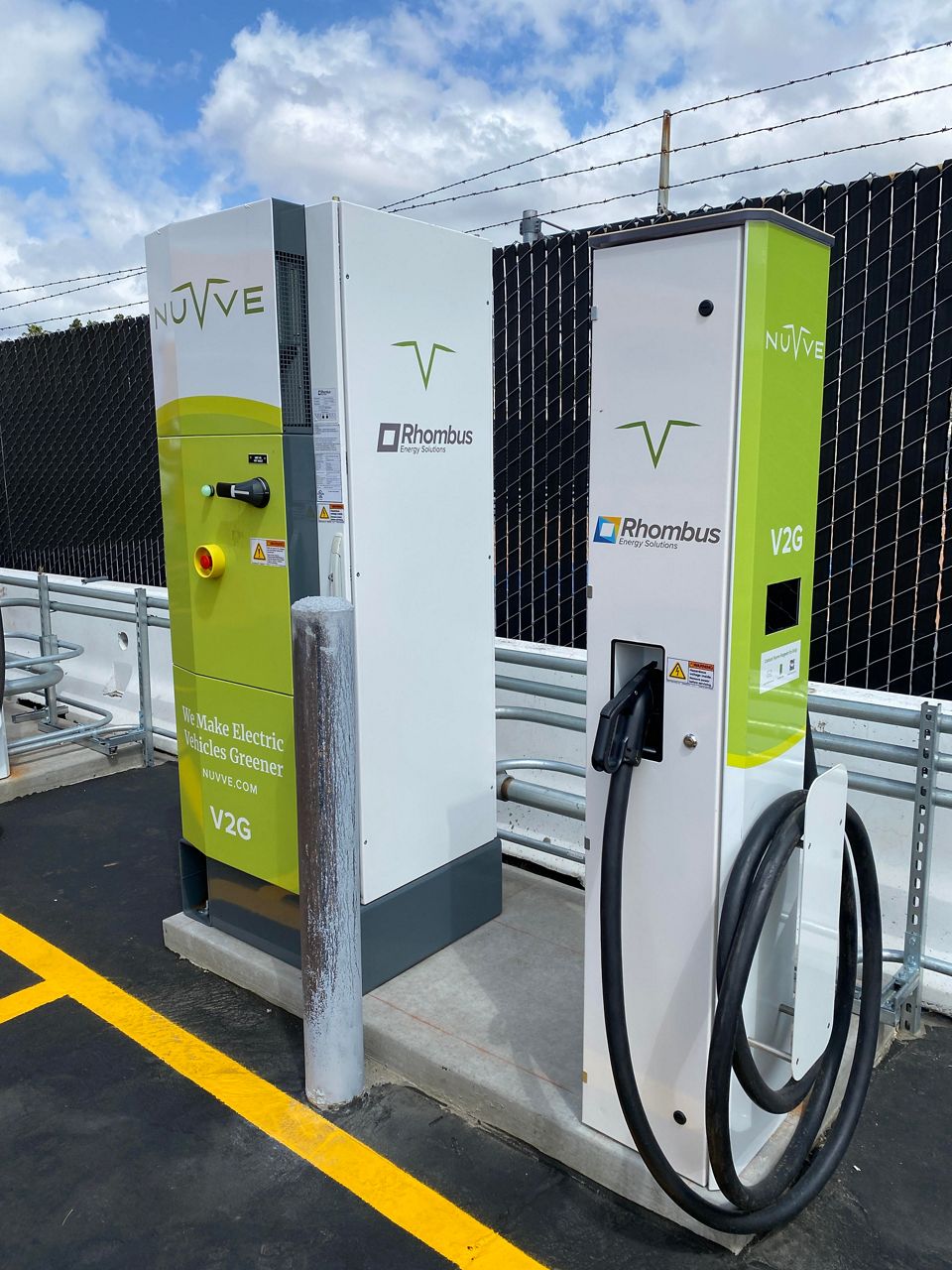
The six electric buses the district is now using in Sun Valley are made by the manufacturer, Blue Bird, and include bidirectional charging technology. The EV chargers that fuel them are made by the San Diego vehicle-to-grid technology company Nuvve. Together, the two technologies work to charge the school bus batteries so they can do their primary task of transporting students, but they can also tap the energy that is stored in those batteries when needed and send it back to the power grid.
Last year, Nuvve launched the first vehicle-to-grid program in Southern California with school buses as part of the U.S. Department of Energy’s vehicle-to everything initiative, which is designed to develop and commercialize technologies that allow vehicles to connect with infrastructure, including electrical utilities. The pilot program uses eight battery electric buses and six bidirectional chargers in the Cajon Valley Union School District in San Diego.
School buses are an excellent use case for bidirectional technology because their large batteries store a lot of energy. Their operating hours are also limited to mornings and afternoons, picking up and dropping off students. That means they can recharge when electricity is cheapest and sell energy back to the grid when it is more expensive to make a profit.
As LAUSD electrifies the Sun Valley Bus Yard, it could eventually add to its financial and environmental savings by leveraging bidirectional charging.
“There will need to be significant infrastructure improvements in the surrounding community to bring the level of energy and power to the yard to be able to satisfy our requirements prior to us being able to actually monetize the investment and provide some energy back to the grid,” Carvalho said. “But that’s something we are currently exploring.”






